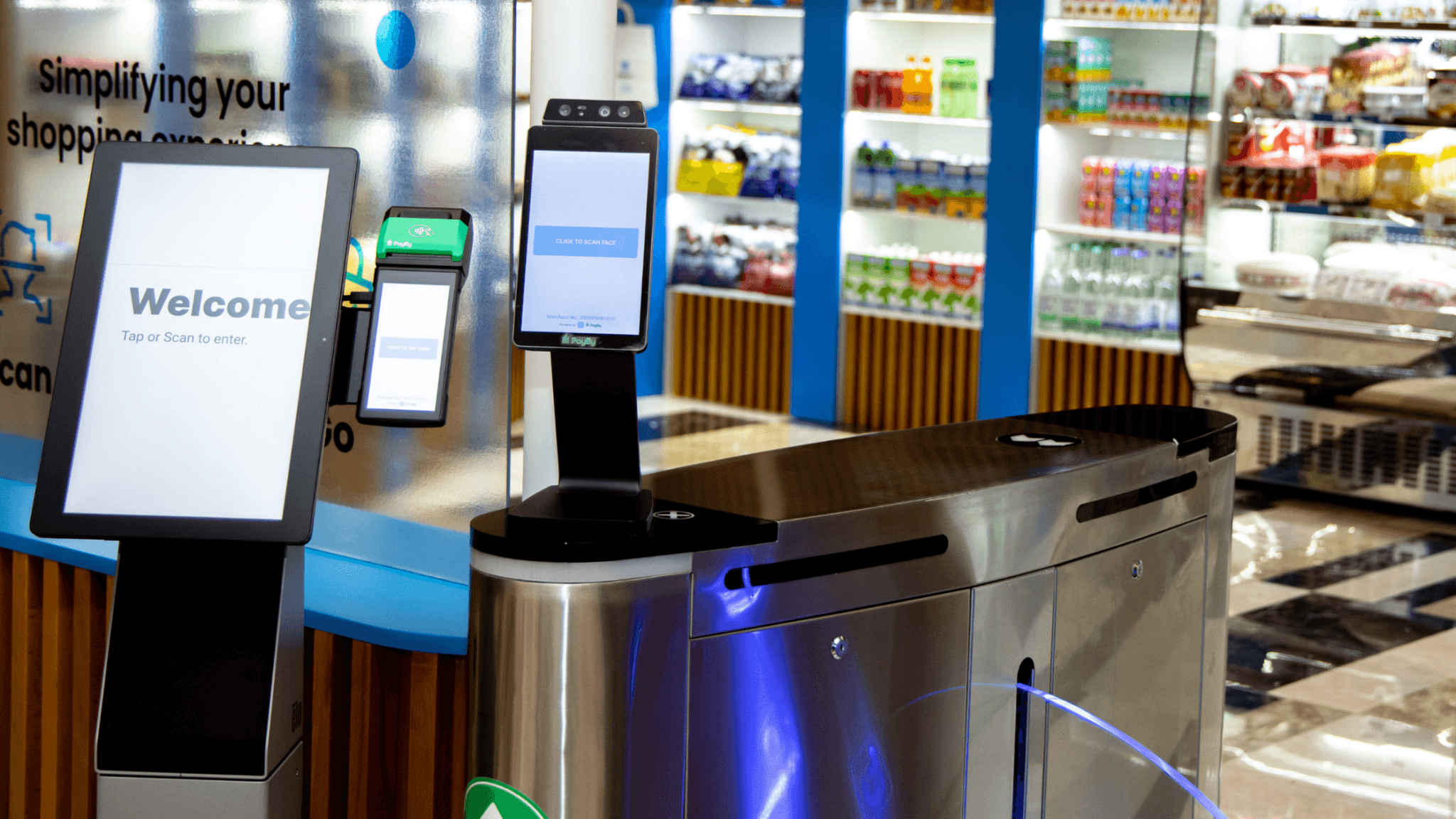AI-Powered Efficiency: Streamlining Store Operations and Labor Optimization in Autonomous Stores
Published
Sep 20, 2023
Tags
Post
Uncover the crucial importance of leveraging AI in autonomous stores to enhance efficiency, streamline store operations, and boost labor optimization.
An autonomous store without artificial intelligence (AI) is like a peanut butter sandwich, without jelly. Where's the juice? Where's the extra flavor that makes the overall experience better? The integration of AI is the transformation catalyst (the jelly, if you will) forever altering the way retailers operate. From optimizing store operations to revolutionizing labor management, AI in autonomous stores offers a myriad of benefits and use cases.
In this blog, we're exploring all the above and discussing the crucial importance of leveraging AI in autonomous stores to streamline operations, and optimize labor allocation. Let's get into it!
Enhanced Workforce Management and Labor Optimization
According to McKinsey, the annual employee turnover rate for retail workers has long been at least 60%. And labor shortages are still shaking up retail locations of all industries and sizes, leading to increased costs. Not to mention, these high labor costs are eating into profit margins. Traditional stores require more staff to handle checkout, inventory tasks, and customer service-making labor one of the most significant expenses for businesses.
Today, labor optimization relies on AI. Consider this, AI can identify cost-saving opportunities by automating repetitive tasks, enabling cashierless checkout, and reducing the need for manual workforce management. An AI-powered autonomous store system can lead to significant cost savings. In fact, AiFi significantly lowers labor costs at a 60-70% reduction, on average.
Efficient Store Operations
A recent VentureBeat article states retail is the industry "most heavily invested in intelligent technology," with a "40% adoption rate projected to double by 2025." Understanding the use cases of AI as it relates to optimizing store operations makes it easy to see why.
AI algorithms can analyze video footage from computer vision technology to track customer movements, providing insights into traffic patterns and product interactions. Retailers can optimize store layouts and product placements based on this data. Additionally, AI-driven recommendation engines can provide personalized product suggestions to customers, increasing cross-selling and upselling opportunities.
Lastly, AI can analyze the condition of store shelves and identify when restocking is needed, ensuring products are always available to customers. AI helps retailers optimize product placement and planogram designs to enhance visibility and encourage purchases.
Bolstered Inventory Management
AI-powered operating systems enable retailers to quickly manage and audit products, inventory, planograms, order details, and customer receipts. Retailers benefit from this technology (like AiFi) by using backend analytics to find an optimal inventory mix for each location, end stockouts, and lower costs across the board.
How? AI algorithms can determine the optimal reorder points and reorder quantities for each product in inventory. This ensures that businesses maintain sufficient stock levels while minimizing carrying costs and storage expenses. Plus, AI-powered computer vision can identify "hot spots" where shopper traffic is at its highest, and which products are most interacted with. This will help retailers determine which products are in high demand and are in need of rapid replenishment to ensure optimal product availability and customer satisfaction.
Real-Time Analytics and Decision Making
AI-driven analyses help retailers optimize store operations. Below are a few ways autonomous stores rely on store and customer analytics to track baseline store analytics, including:
Sales performance:
Shopper conversion rate
Transaction time
Shopper behavior heatmaps denoting:
Dwell time
Shelf location interactions
And product conversions depicting:
Product awareness
Product consideration
Cart conversion/abandonment
These insights allow store managers to optimize planogram layouts to get more products in front of customers based on foot traffic and encourage larger sales.
Final Thoughts
The integration of AI in autonomous stores unlocks unparalleled potential for retailers, transforming store operations and labor optimization. From personalized customer experiences to intelligent inventory management, AI-driven analytics empower retailers to make data-driven decisions, reduce labor costs, and enhance operational efficiency.
What efficiencies and cost-savings can AI bring to your retail business? Book your demo of AiFi to uncover the possibilities.
